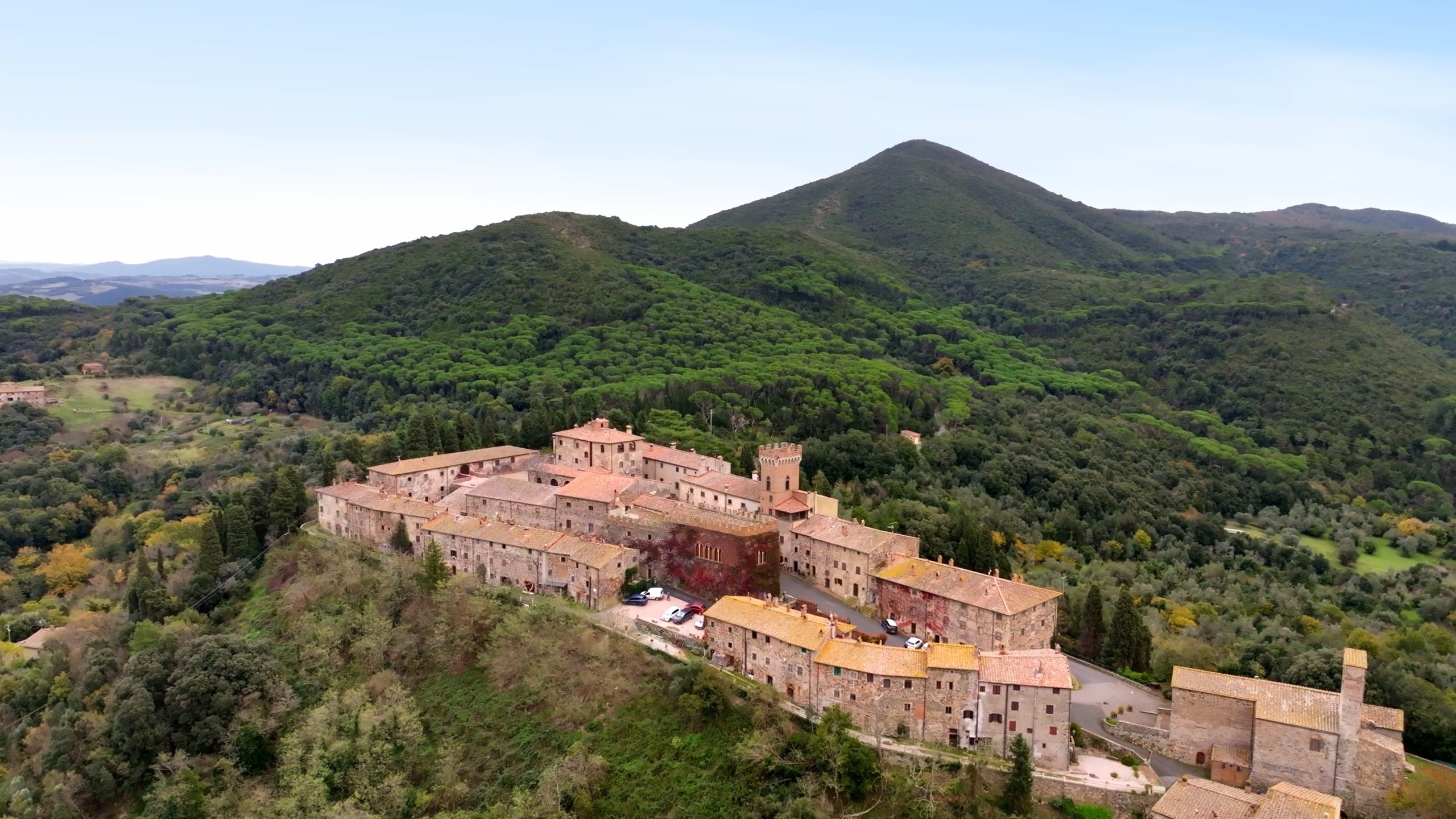Charming village in the Val di Cecina, among castles, churches, and unique landscapes. Querceto is history, art, and Tuscan beauty waiting to be discovered.
(Querceto)

Charming village in the Val di Cecina, among castles, churches, and unique landscapes. Querceto is history, art, and Tuscan beauty waiting to be discovered.

Querceto: a name that finds its roots in the evocative medieval floral etymology (8th-10th century), and that still today evokes the strength and beauty of this place immersed in the Val di Cecina.
Since ancient times, Querceto was a castle of great importance, so much so that it provided about 600 armed men to the Municipality of Volterra. Its historical events are intertwined with those of the entire territory: first under the control of the Bishops of Volterra – as attested by the imperial diplomas of Henry VI (1186) and Frederick II (1224) – then under the direct dominion of the Volterra Municipality, to which the inhabitants voluntarily submitted on August 20, 1252.
However, it is probable that the castle of Querceto passed under the influence of Florence even before Volterra and other neighboring municipalities.
Its military relevance was confirmed in 1431, when it was conquered by the troops of the Duke of Milan, led by Niccolò Piccinino.
In 1447, the village was purchased by the troops of Alfonso King of Aragon and Naples: it was then that the dwellings were completely destroyed, leaving only the castle intact. Thus began a long period of decay and abandonment, which continued until 1472, when the inhabitants of Querceto once again swore allegiance to Florence.
From then on, under Florentine rule, the village was included in the Vicariate of Val di Cecina.
The current Counts Ginori's Lordship dates back to 1543, with ties to the village continuing to the present day.
Today, Querceto strikes visitors with its authenticity and timeless charm.
The castle dominates the landscape, but it's also the ancient houses and the Church of San Giovanni Battista that silently tell centuries of history.
On the exterior, the church preserves the original cladding of small sandstone ashlars arranged in rows. The interior surprises with its unusual iconography: a single nave that expands into two lateral bays, creating a cross-shaped plan. The original apse has been replaced by a rectangular recess.
Precious details enrich the building: the symbols of the eagle and the lion, representations of two evangelists, are skillfully carved on the sides of the child Redeemer, on the capital of the semi-column in the right nave. Completing the church's charm is a large fresco in the apse, a recent work by the painter Luciano Guarnieri, which adds a further touch of beauty to this treasure trove of art and spirituality.
